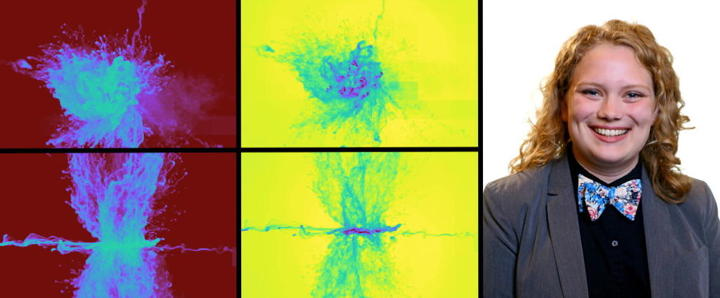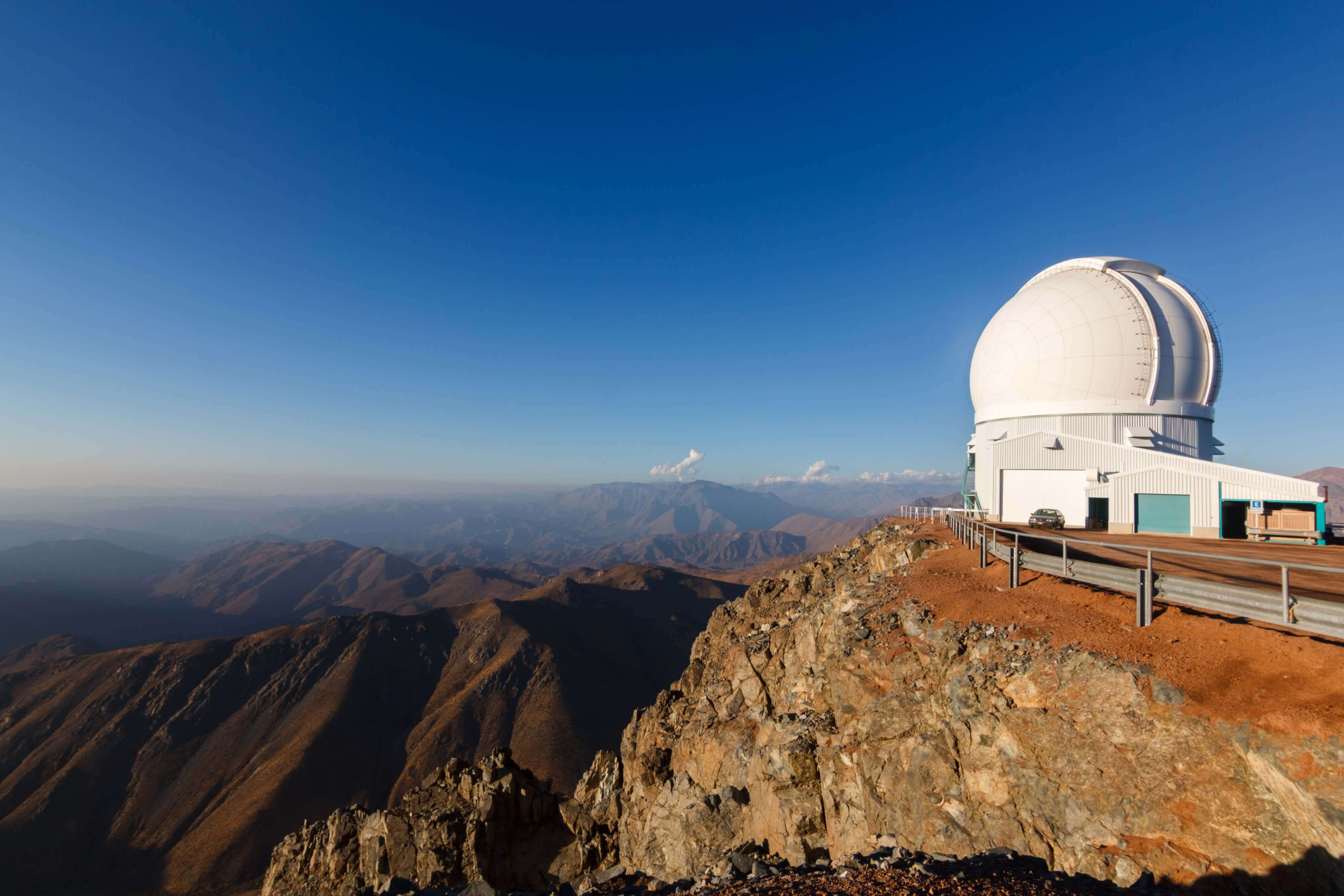Claire Kopenhafer awarded a Department of Energy fellowship

Ames, Iowa (September 18, 2017)
Claire Kopenhafer, a doctoral candidate in Brian O'Shea’s group at Michigan State University, has been awarded a Department of Energy Computational Science Graduate Fellowship (DOE CSGF) to support her research into Astrophysics.
Kopenhafer, from Laingsburg, Michigan, received her bachelor’s degree in Physics from Michigan State. Less than 5 percent of applicants are chosen for the fellowship each year.
The DOE CSGF, administered by the Krell Institute of Ames, Iowa, is funded by the DOE’s Office of Science and the National Nuclear Security Administration. Each year, the program grants fellowships to support doctoral students whose education and research focus on using high-performance computers to solve complex science and engineering problems of national importance. Since it was launched in 1991, the DOE CSGF has supported 436 students at more than 65 universities.
DOE CSGF students receive full tuition and fees plus an annual stipend and academic allowance, renewable for up to four years. In return, recipients must complete courses in a scientific or engineering discipline plus computer science and applied mathematics. They also must do a three-month research practicum at one of 21 DOE laboratories or sites across the country.
Kopenhafer joins a group of 20 first-year fellows in 2017, bringing the total number of current DOE CSGF recipients to 79 students in 14 states.
The fellowship and related practicum experiences are effective workforce recruitment tools for the national laboratories. Nearly a quarter of all DOE CSGF alumni currently work or have worked in a DOE lab setting. Others pursue careers in academia, industry or government, where they introduce and advocate for computational science as a tool for discovery.
For more information on the DOE CSGF, contact the Krell Institute at 515-956-3696 or visit http://www.krellinst.org/csgf.

